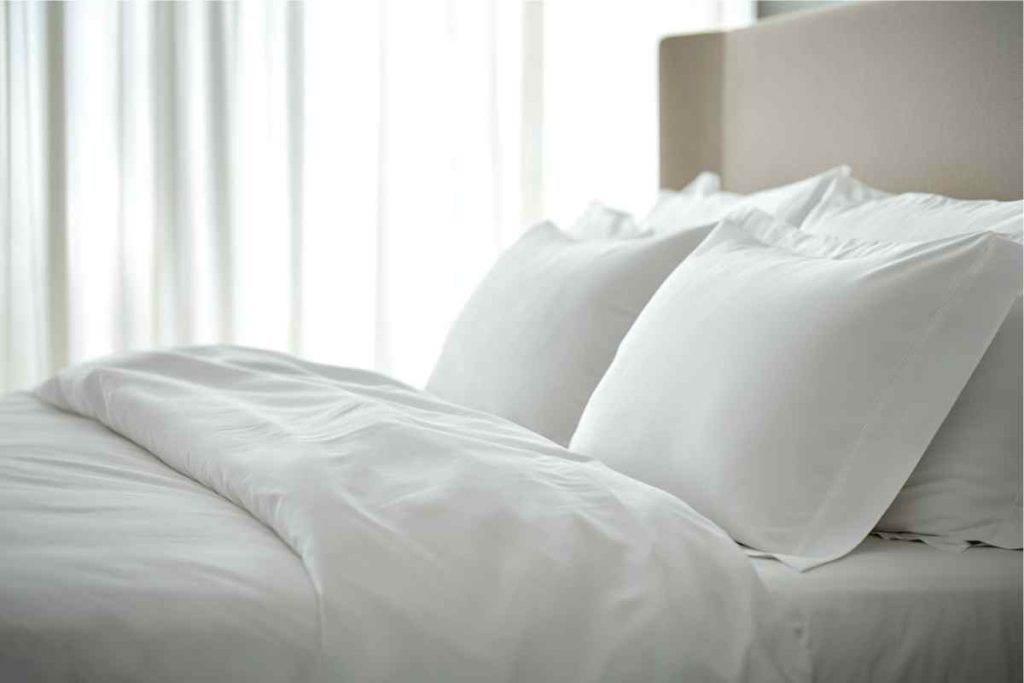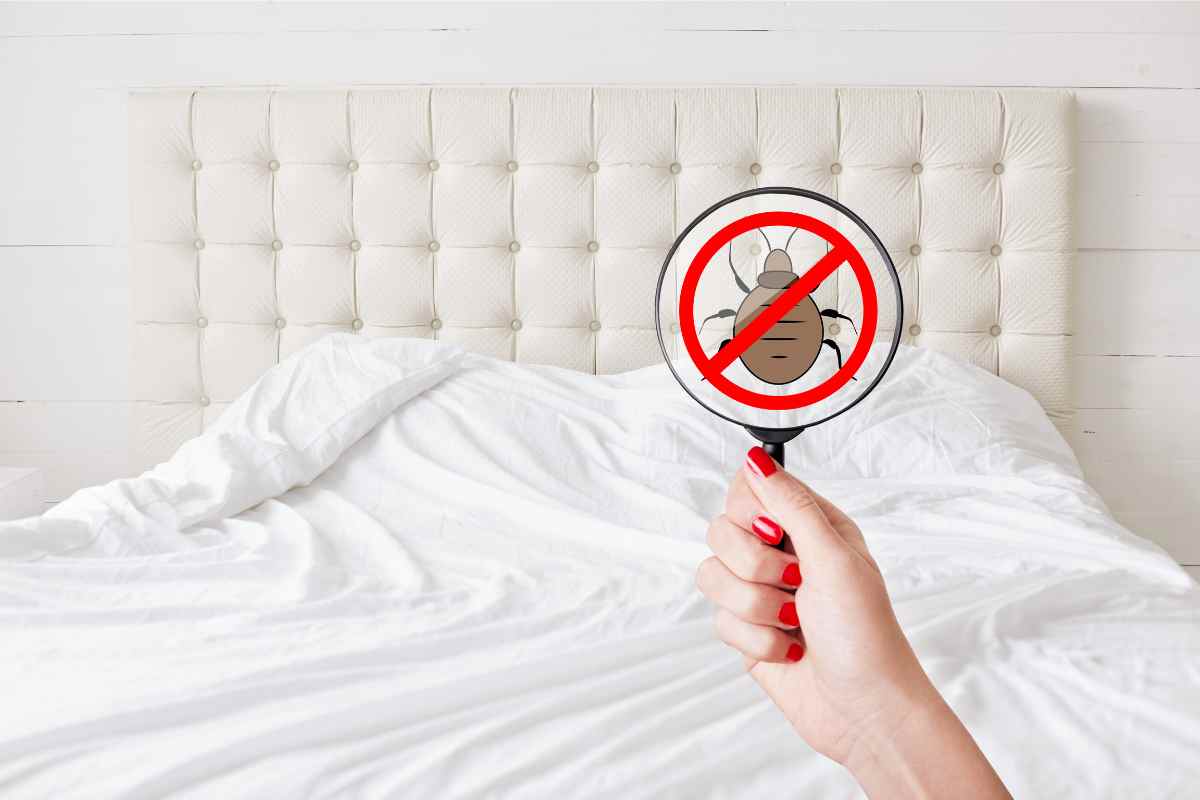The Complete Guide to Restoring Peace in Your Home
Have you ever woken up scratching, only to find mysterious bites scattered across your skin? If so, you’re not alone, bedbugs infest around 20% of American households every year. Honestly, these little bloodsuckers are more common than anyone likes to admit.
Not only are bedbugs frustrating and disruptive, but treating them can hit your wallet pretty hard, averaging between $1,750 and $5,000 depending on your home’s size and chosen treatment.
But here’s the thing: You can beat them. Let me walk you through exactly how.
Getting to Know Your Uninvited Guests
What Makes Bedbugs Tick?
Bedbugs, scientifically known as Cimex lectularius and Cimex hemipterus, aren’t just creepy, they’re incredibly resilient. They thrive by feasting on human blood, mostly under the cover of darkness. Can you imagine a more unsettling roommate?
A single female bedbug lays up to 500 eggs in her lifetime and can survive an astonishing 4–6 months without a single meal. Thanks to their slim, 5-mm bodies, they sneakily hide in mattress seams, furniture cracks, and even electrical outlets, emerging every 5–7 days for a blood snack.
Spotting Bedbug Infestations
You know what’s worse than finding bedbugs? Finding them too late. Look for these signs to catch them early:
- Tiny reddish-brown bugs around mattress seams and furniture joints
- Small blood spots on sheets or pillowcases
- Pale-yellow eggshells
- Dark droppings roughly the size of a period mark
And those itchy bites? They usually appear in clusters or lines on exposed skin, though about 30% of folks don’t react visibly at all.
Inspecting and Preparing Your Space
How to Check Your Home Thoroughly
Grab a bright flashlight and a magnifying glass. Carefully inspect mattresses, box springs, bed frames, baseboards, furniture joints, loose wallpaper, and even electrical outlets and electronics. This step is tedious, sure, but trust me, it’s essential.
Containing the Threat
Act fast. Vacuum every suspicious area immediately and seal the vacuum contents in a plastic bag before tossing them out. Next, launder your linens and clothing at temperatures of at least 115°F (46°C) for 30 minutes, followed by high-heat drying. Items you can’t wash? Freeze them at 0°F (–19°C) for at least four days.
Got stuff you’re unsure about?
Bag it tightly and store it away for 3–12 months, bedbugs won’t survive without feeding.

DIY Treatment: Winning Without Chemicals
Heat Things Up
Bedbugs can’t handle heat, so steam surfaces at 150–170°F (65–75°C). Consider renting a hot-box device, or on a sunny day, seal infested items in black plastic bags and leave them in your car, heating them to over 120°F (49°C) for at least 90 minutes.
Chill Them Out
If heat isn’t your style, freeze items at temperatures below 0°F (–16°C) for at least four days. Always use a thermometer to ensure effectiveness, bedbugs are tough cookies.
Chemical Treatments: Proceed With Caution
Picking the Right Poison
Pyrethrins and pyrethroids are common insecticides, but bugs are growing resistant. Alternatives like pyrroles (e.g., chlorfenapyr) and neonicotinoids work better for stubborn cases. Desiccants such as diatomaceous earth slowly dry out bedbugs, and the good news? They can’t build resistance against it.
Safety First
Remember, you’re dealing with chemicals. Always choose EPA-registered products, and carefully follow instructions to protect your family and pets. Between 2003–2010, improper pesticide use led to 111 acute illnesses, with 1 tragic fatality, proper education is essential.
Time to Call the Pros?
If your infestation is extensive or recurring despite diligent efforts, it’s probably time to bring in experts. Professionals offer whole-room heat treatments (135–145°F) and specialized residual insecticides. Expect at least 2–3 visits, but the peace of mind is worth every penny.
Keeping Bedbugs at Bay – For Good
Monitoring Post-Treatment
Invest in bedbug interceptors for your bed legs, and inspect weekly for at least a year. Persistence pays off big-time here.
Prevention Beats Cure
Reduce clutter, seal cracks around baseboards and outlets, and regularly vacuum and launder linens. Traveling soon? Inspect hotel rooms thoroughly, keep luggage off the floors, and wash all clothes as soon as you return home.
Real-Life Success: It Can Be Done!
Take inspiration from homeowners who’ve successfully battled bedbugs. One effective DIY combo included vacuuming, steam heat, diatomaceous earth, and mattress encasements, eliminating bedbugs entirely within 12 weeks.
Your Questions Answered
- Can I eliminate bedbugs without professionals? Yes, but only for minor infestations using combined DIY methods. Be ready for multiple treatments over weeks to months.
- How long should I monitor after treatment? At least weekly checks for 12 months.
- Are bedbugs dangerous? They don’t transmit diseases but can cause allergic reactions, itching, infections, and emotional distress.
- What’s the professional extermination cost? Usually around $1,750 total, but can vary between $250 and $5,000 depending on severity.
Taking Back Control
Honestly, dealing with bedbugs isn’t easy or pleasant. But armed with the right knowledge and tools, you’ll be back to sleeping soundly in no time. You’ve got this!


